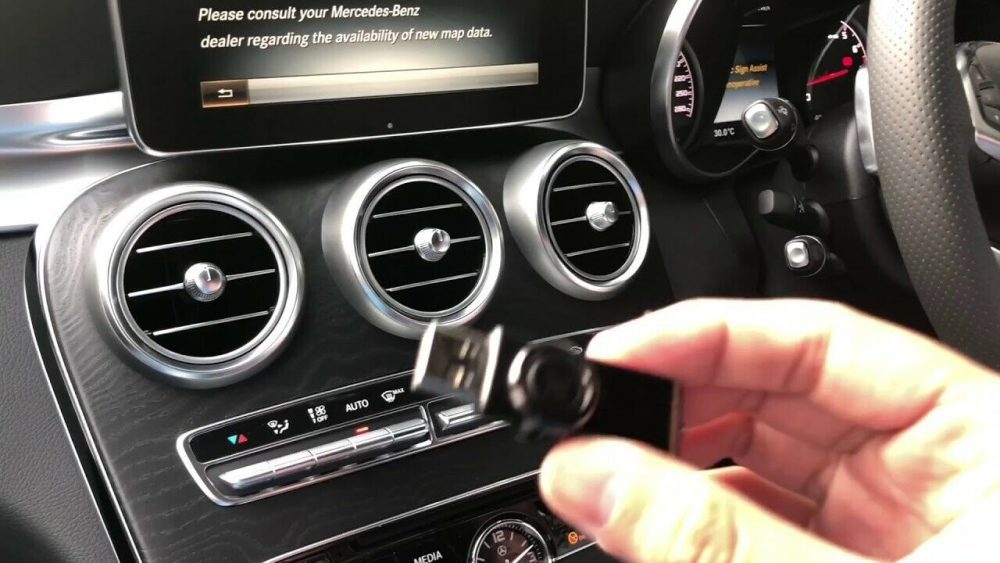
Are you experiencing difficulty starting your BMW 318i? If so, you’re not alone. Many owners of this vehicle model have encountered this frustrating issue. In this article, we will discuss the common causes of this problem and provide a step-by-step guide on how to solve it.
Firstly, let’s identify the fault symptoms. If you find that after parking your vehicle for an extended period of time, the starter needs to be engaged more than twice before the engine can run, you may be facing this starting issue. However, if you attempt to start the engine immediately after turning it off, you will find that it starts without any problem. These symptoms indicate that there is an underlying issue causing the difficulty in starting your BMW 318i.
BMW ICOM A2+B+C Diagnostic & Programming Tool With V2023.12 Engineers Software
To diagnose and maintain the vehicle, follow these steps:
1. Confirm the fault symptoms: Park your vehicle for at least 10 minutes, and then attempt to start the engine. If the engine starts but the speed drops rapidly and stalls shortly after starting, it is a clear indication of a starting problem. Restart the engine, and this time, it should start and run smoothly.
2. Use a diagnostic tool: Connect a diagnostic tool to your vehicle and conduct a self-diagnosis. Check the fault information of the engine system. If there are no fault codes present, proceed to the next step.
3. Check fuel pressure, ignition strength, and intake manifold sealing: Inspect these components for any abnormalities. If everything appears to be in working order, move on to the next step.
4. Measure cylinder pressure: Use a pressure gauge to measure the pressure in each cylinder. If the pressure is within the normal range, continue troubleshooting.
5. Analyze engine data: Check the engine’s operating data. Pay close attention to the intake valve lift and the intake manifold pressure. If the intake valve lift is close to the maximum value and the intake manifold pressure is significantly lower than atmospheric pressure, it indicates that the electronic throttle valve has activated throttling control, putting the engine system in emergency mode.
6. Identify the cause: Turn off the ignition switch and wait for 10 minutes. Observe the engine’s working data once you turn it back on. If the intake valve lift drops rapidly from its original value to a much lower one and the engine starts shaking violently before stalling, it suggests that there may be excessive carbon deposits on the intake valve. This hinders the valve’s operation, making it difficult to achieve the necessary lift and resulting in insufficient air intake.
7. Verify the inference: Clear the learning value of the engine control module and start the engine again. If the intake valve lift drops to a lower value and remains stable, while the idle speed remains consistent, it confirms the previous inference about carbon deposits.
8. Clean the air intake system: Maintain engine speed at 2500r/min and use a carbon remover to clean the air intake system. After completion, initialize the electronic valve control system and take the vehicle for a test drive. If the fault symptoms disappear, it means the maintenance work was successful.
In summary, excessive carbon deposits on the back of the intake valve can cause difficulty starting the BMW 318i. The engine control module activates emergency mode to control the air intake volume through the electronic throttle instead of the intake valve lift. By identifying this issue and cleaning the air intake system, you can effectively solve the problem of difficulty starting in your BMW 318i.
When conducting maintenance, it is crucial to pay attention to the engine’s air intake control method and analyze the cause by reviewing the data flow. This will help you pinpoint the fault and resolve the issue effectively.










